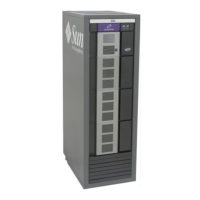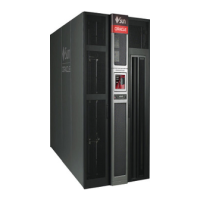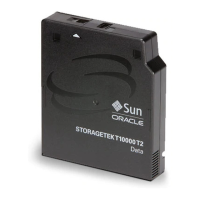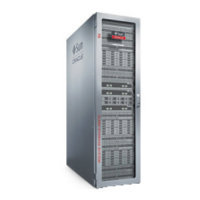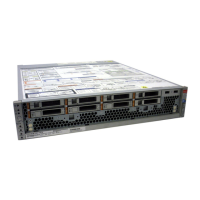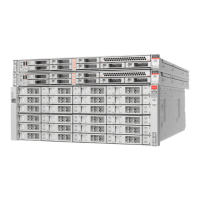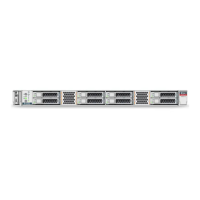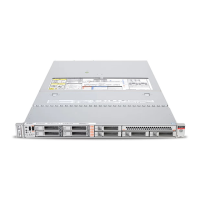2
Preparations 2-1
2
Preparations
This chapter introduces general topics for your consideration before performing a
CRU removal or replacement procedure.
Electrostatic Discharge
Be aware of the precautions needed when handling parts. A discharge of static
electricity from a finger or other conductor might damage static-sensitive devices. This
type of damage may reduce the life expectancy of the product.
Electrostatic Discharge Prevention
■ Avoid hand contact by transporting and storing products in static-safe containers.
■ Keep electrostatic-sensitive parts in their containers until they arrive at static-free
work areas.
■ Place parts on a grounded surface before removing them from the container.
■ Avoid touching pins, leads, or circuitry.
■ Use proper grounding practices when touching a static-sensitive component or
assembly.
Grounding Methods to Prevent Electrostatic Discharge
Use one or more of the following methods when handling or installing
electrostatic-sensitive parts:
■ Use a wrist strap connected by a ground cord to a grounded chassis.
■ Use conductive field service tools.
■ Use a portable field service kit with a folding static-dissipating work mat.
Note: If you do not have any of the suggested equipment for
proper grounding, arrange for an authorized reseller to install the
part.
SL150 Remote Interface
The process of removing and replacing customer replaceable units (CRUs) relies on
functions and commands in the SL150 remote interface (GUI). It is assumed that you
are familiar with the library section of that interface.
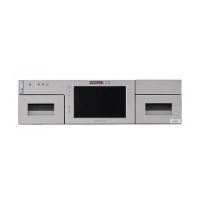
